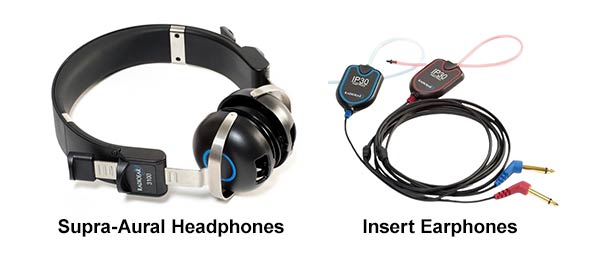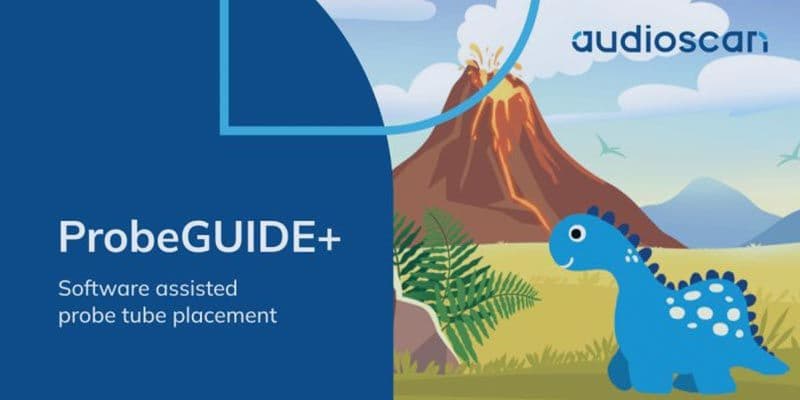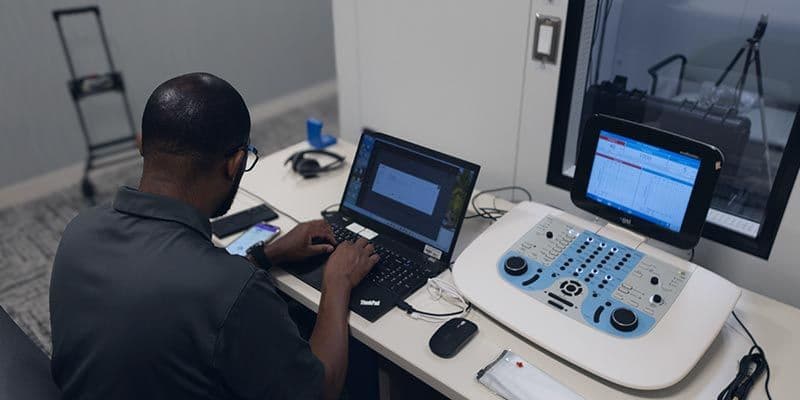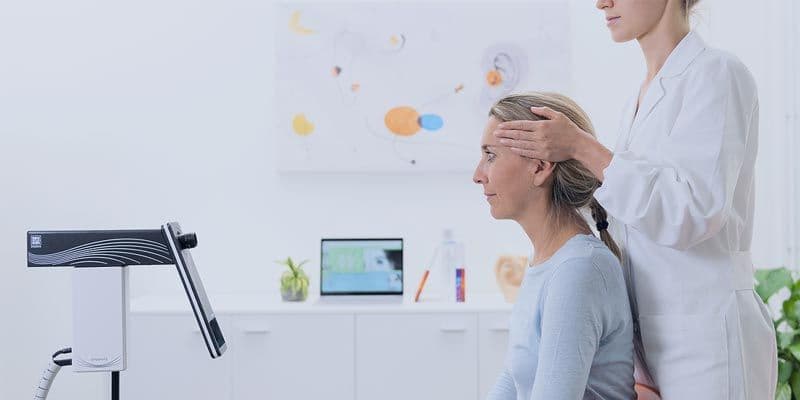6. Threshold Search: Pure tone audiometry aims to determine hearing threshold levels. A hearing threshold is the lowest level of sound that a person can hear at a specific frequency. It represents the softest intensity at which a sound is detected at least 50% of the time.
Air conduction testing involves sending sounds through supra-aural or insert earphones into the ear canal to reach the inner ear.
When the patient hears the first tone, the clinician makes it quieter by 10 dB HL. If the patient still hears it, the tone gets quieter by another 10 dB HL. This process continues until the patient no longer responds.
Once the patient no longer responds, the clinician increases the pure tone by 5 dB HL. This back-and-forth process continues until the clinician finds the patient’s threshold, which is the softest sound they can hear at least half the time. According to ASHA, the clinician needs at least two out of three responses at a certain level to determine the hearing threshold.
Following ASHA guidelines, diagnostic pure tone testing should cover frequencies of 250, 500, 1000, 2000, 3000, 4000, 6000, and 8000 Hz. These frequencies are crucial for understanding speech.













